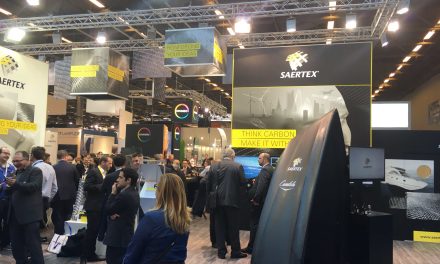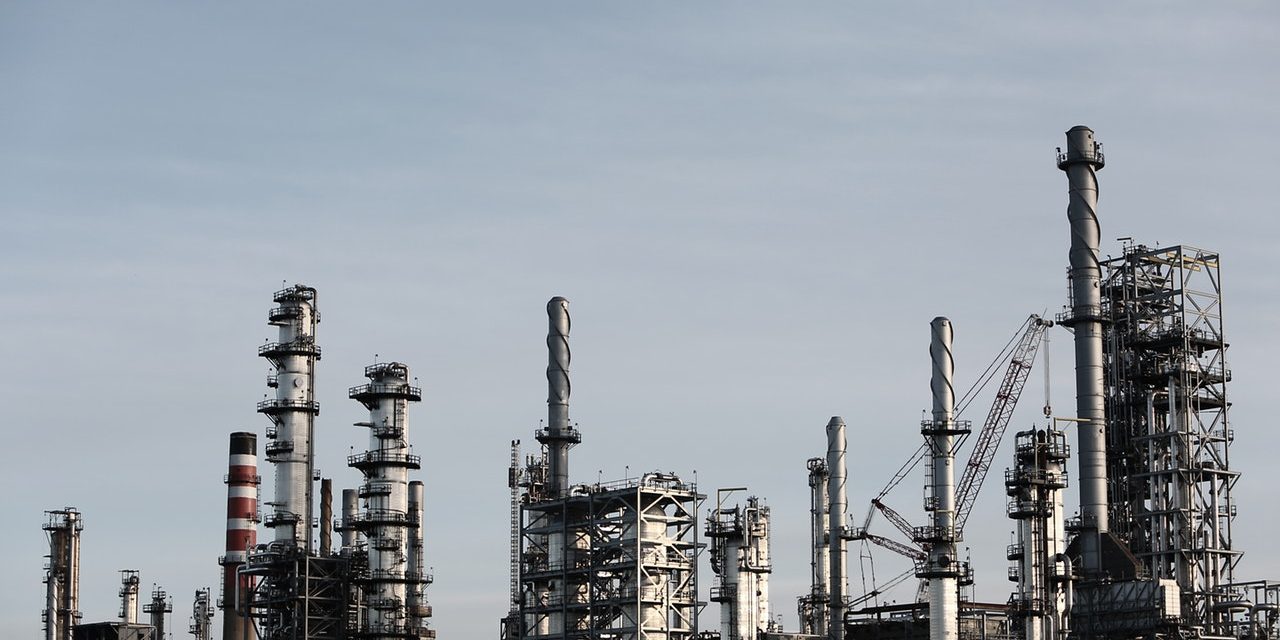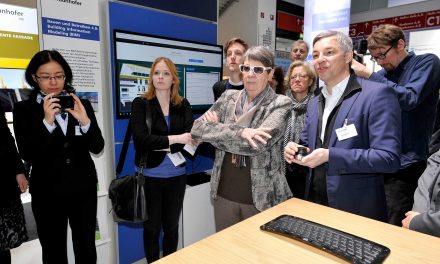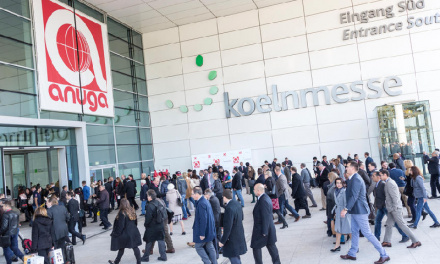Decommissioning will be a prominent feature at this year’s SPE Offshore Europe. According to the latest cost estimate from the Oil & Gas Authority (OGA), the predicted price tag to decommission UKCS oil and gas infrastructure is GBP59.7billion. However, the OGA has set an ambitious goal of completing the work for less than GBP39billion – a cost reduction of at least 35%. The new estimate is based on data from 34 operators and covers the cost of dismantling all current and proposed offshore facilities. Scandinavian Oil-Gas magazine found out more from Steve Phimister, executive committee member of the event and vice president of Shell’s UK & Ireland upstream business unit…
As planned decommissioning activities increase, there is a growing debate on how to make the processes more efficient, safer, and cost-effective. Shell is hosting a keynote panel session on decommissioning at SPE Offshore Europe 2017. Panelists include senior spokespeople from CNR, Chevron, Hereema Marine Contractors, Marine Scotland and the UK Regulator – BEIS. What will the event discuss and what format will it take?
Whilst sector experience is growing as more decommissioning projects are either completed or are progressing, it will be interesting to learn from our expert panel and delegates attending the session if they believe we are thinking big enough.
According to the latest Oil & Gas UK Business Outlook report, somewhere between 30 and 40 fields may cease production during 2018 and 2019, although asset transfers have the potential to extend the life of some mature assets. There is some uncertainty around this forecast as companies adjust their position as market conditions change.
However, our experience has shown us that planning and early preparation is key for efficient delivery. Everyone wants to know how we can make the process more efficient and cost-effective and the session at SPE Offshore Europe aims to answer some of those pertinent questions.
The discussion will be built around a number of different themes important to efficient decommissioning in the UKCS, from skills, capabilities and new technologies, to societal acceptance, late life asset management and reservoir isolation. Most significantly, there is also the opportunity to learn more about Brent, and other decommissioning projects.
Fourteen fields ceased production in 2016 with at least a similar amount expected this year1. What should industry focus on to drive down the costs of decommissioning?
Of course, the most important area of focus for the industry is ensuring all decommissioning activity is executed in a safe, technically feasible, environmentally sound and cost-effective manner. However, the operation that carries the most cost is conducting plug and make safe operations, so driving efficiency in this area is key. The quickest route to this is through collaboration.
For efficient plug and make safe campaigns isolating a well on a single trip is a key objective. Currently, there are a number of technologies that are being developed to achieve this goal, but nothing is available in the market yet. Other areas where I think technology would make decommissioning more efficient would be automated debris collection and post decommissioning monitoring.
Timely and robust end of field life planning is key. At Shell, we made the first breakthrough in decommissioning and removal (D&R) cost reduction by setting up a dedicated team for Gulf of Mexico, and later a global D&R Centre dedicated to D&R across Shell. At the project level we have established one team looking at all assets in the Central North Sea to take a holistic approach. These initiatives ensure lessons are quickly passed as they are learnt.
According to the OGA new cost estimate report2, many other industries have found a 35% reduction in cost to be easily attainable and the organisation suggests that oil and gas decommissioning should be no different. What, if any, change in mind-set is required for delivering a decommissioning project compared to normal E&P operations?
Traditional approaches to decommissioning result in traditional costs, so the challenge is to think differently if the 35% provision reduction that the OGA demands is to be met. It’s important to remember that the value drivers and risk profile is very different in this phase to the development and production stages.
Our standards and processes have evolved to deliver safe and successful development projects. They are too complex for decommissioning and intended to manage business risks that are critical in development, but not so prominent in decommissioning. Reaching first oil on time is critical. Finishing on a particular date is not so necessary when decommissioning.
We therefore cannot continue to treat decommissioning and restoration (D&R) as a reversal of the processes and practices when we drilled the wells and installed the facilities. SPE Offshore Europe aims to encourage early, broader thinking among industry, operators and the supply chain to address these challenges together.
Events like SPE Offshore Europe reinforce the need for collaboration and a more joined-up, transparent approach to cut costs, drive efficiency and encourage innovation. As a major player, what is Shell doing to bring the industry together?
We do not view D&R as an area for competition, but encourage learning from each other’s practices. Therefore, D&R teams facilitate collaboration with other companies, through industry associations, governments and with our supply chain partners.
We recently participated in the Endeavor Subsea D&R Joint Industry Programme (JIP) which focuses on identifying and sharing best practices for subsea decommissioning. We have also participated, and will continue to participate, in the SINTEF JIP which looks at the possibility of using swelling shales as a permanent barrier for abandoned wells. This is already being done, with regulatory approval in the North Sea.
We continue to work with ITF (Industry Technology Facilitator) to look at developing several new abandonment technologies.
Earlier this month, Shell completed the single lift removal of its 24,000-tonne Brent Delta topside which had stood in the North Sea since 1976. Preparations for a similar operation are now underway for the topside of the Brent Bravo. Are there any lessons learned from the Brent process that the industry should take note of?
We have found a collaborative approach that allows operators working with regulators to choose the best D&R options available works best. This balances technical feasibility, economics, safety, environment, and stakeholder needs.
Shell has worked well with the regulators in Gulf of Mexico, the Bureau of Ocean Energy Management (BOEM) and the Bureau of Safety and Environmental Enforcement (BSEE), to implement D&R plans that we based on risk assessment and science to reduce risk and recognise benefits. We believe the offshore industry will benefit from continued dialogue with and ultimately, in developing a risk-based assessment approach to D&R.
According to Oil & Gas UK’s most recent decommissioning report, annual expenditure is expected to reach around £2 billion on the UKCS in 2017 making up around 12% of total expenditure. How do you expect the investment to develop over the coming years and what are the most significant opportunities for the supply chain?
It is important that the supply chain is ready for D&R. This means there should be transparency about the volume and phasing of the work so that project scopes can be ‘bundled’ and contractor coalitions formed to bid for the work. We think this will create win-win situations for both contractors and operators.
As well as building capability, there may be an opportunity for commercial innovations. As one might expect with thousands of structures removed, the US Gulf of Mexico has developed an active market for D&R services. We are looking at how we should allow greater and earlier involvement of the contractor in D&R planning and execution, reducing the involvement of our own teams. This requires trust in contractor decisions and clarity on a balanced allocation of risks.
For more than five years, Shell and some of our industry peers have benefited from a unique ‘shared vessel’ model approach for contracting a mobile offshore drilling unit (MODU) specifically designed for well intervention work at great water depths. This approach allows us to have a scope-specific contracting, which means we are avoiding premium costs for contracting a full-fledged rig. Furthermore, the vessel owner receives the benefit of multiple parties contracting the MODU, which reduces overall downtime.
A new event feature for 2017 is the Decommissioning Zone, which will include a themed exhibition hall for decommissioning technology and service providers and a conference programme being organised in association with Decom North Sea, IMechE, ITF and SUT. What do you hope SPE Offshore Europe 2017 and the addition of the new Decommissioning Zone will achieve?
This is a great addition to SPE Offshore Europe and firmly puts decommissioning on the map. It is encouraging to see companies are already sharing lessons, working closely with the regulator and stakeholders to maximise wider understanding of the issues and the challenges faced in end of field life management.
The keynote panel session will give delegates the opportunity to learn more about completed projects. Most importantly, it will be a thought-provoking platform to showcase new, innovative technologies and a fantastic meeting place for industry leaders, government and suppliers to develop and cultivate new and existing relationships.
Steve Phimister biography
Steve joined Shell in 1992 and has worked in Europe, Australia, Asia and North & South America, in a variety of technical, commercial, business development and asset management roles across Shell’s Upstream, Downstream and Integrated Gas businesses. Before returning to the UK in early 2016, Steve spent seven years leading a period of strong growth for Shell in Australia, including roles as GM Non-Operated ventures, GM Unconventionals and GM Business Development. We would like to thank Steve for the successful integration of Shell and BG assets and staff in the U.K.
Steve has a degree in Chemical & Mineral Engineering from the University of Birmingham in the UK and is a member of several Engineering Institutes. He is also a Graduate and Member of the Australian Institute of Company Directors and has served on the board of a number of energy-related businesses in Australia.









